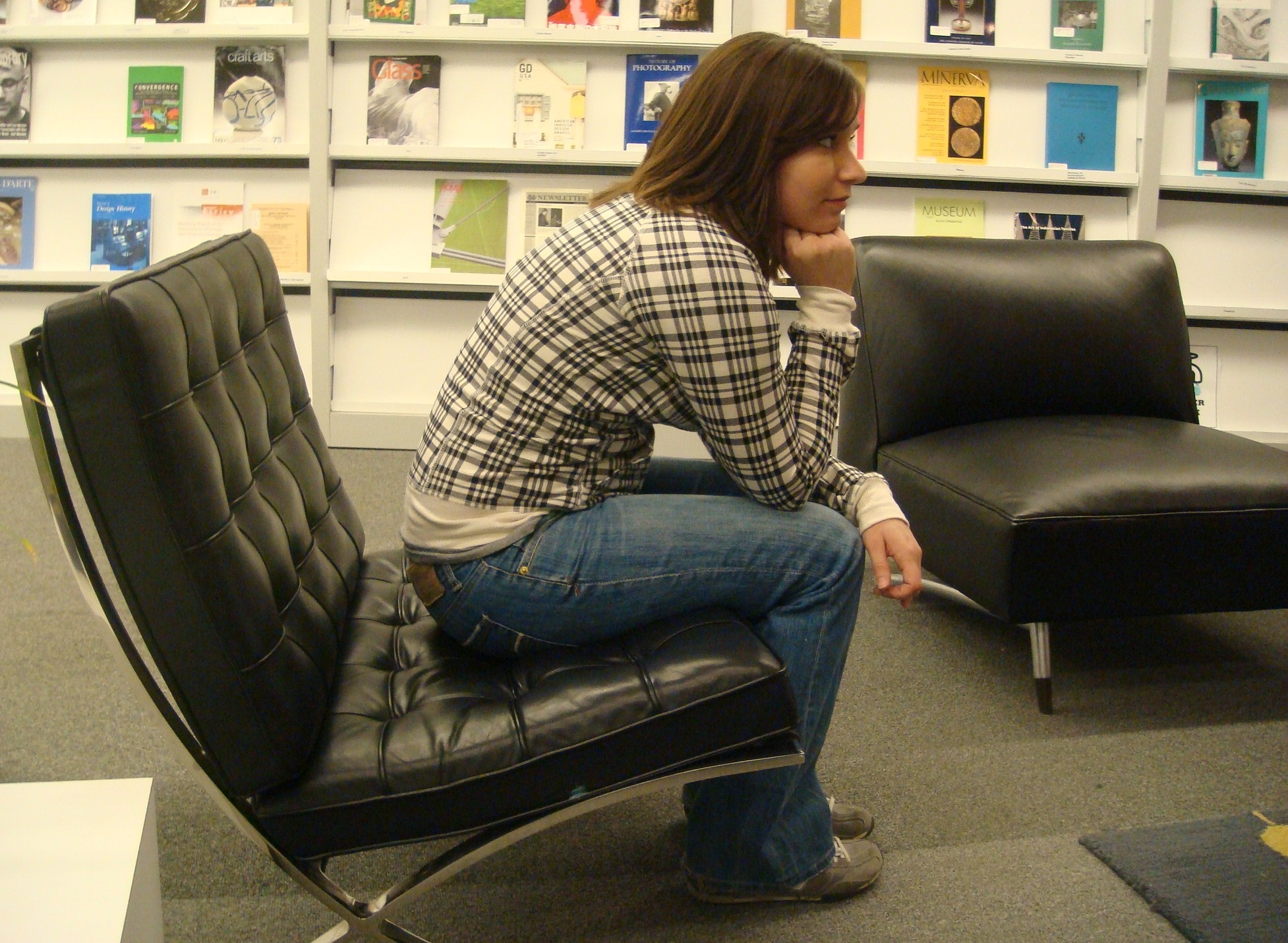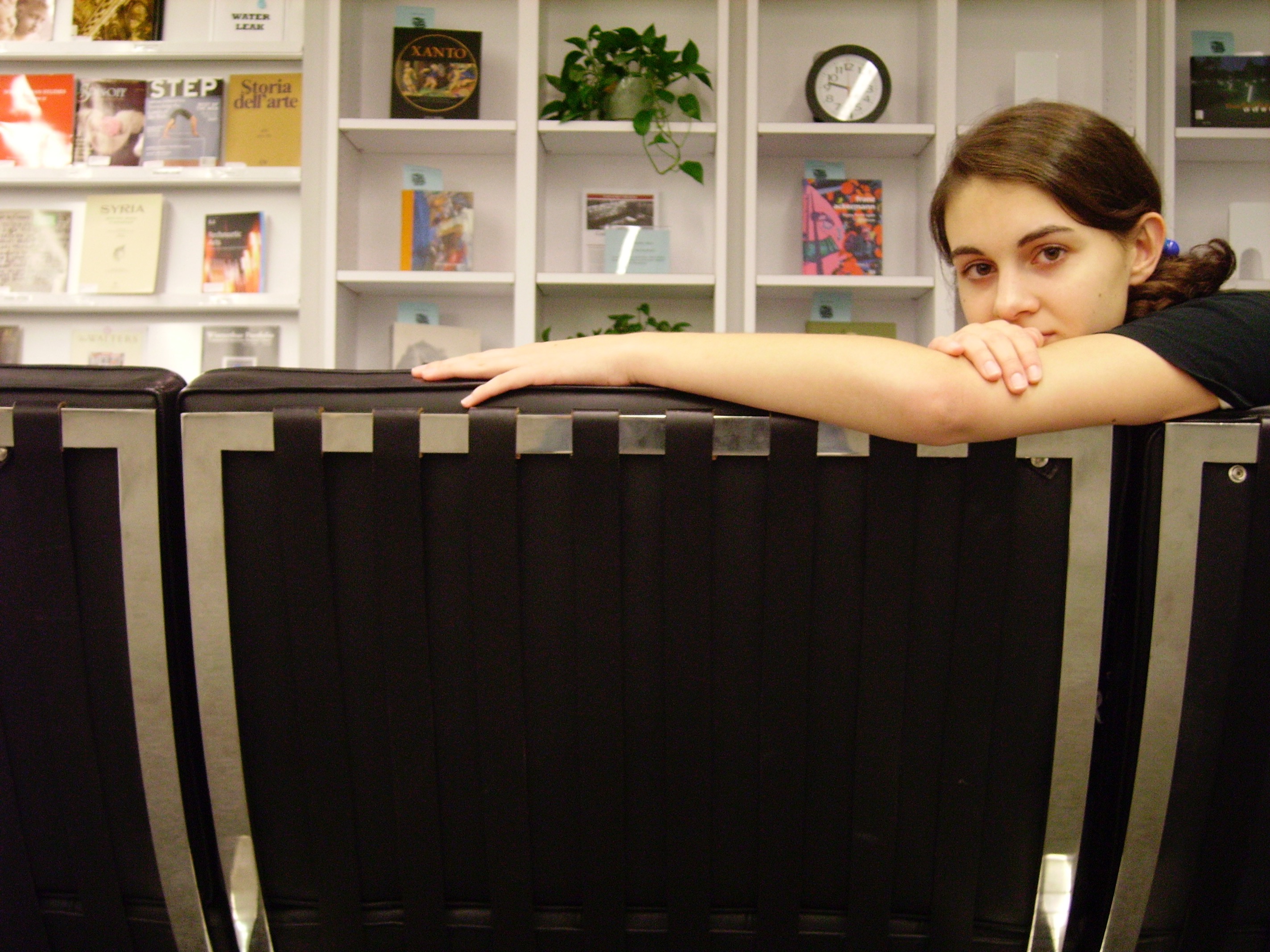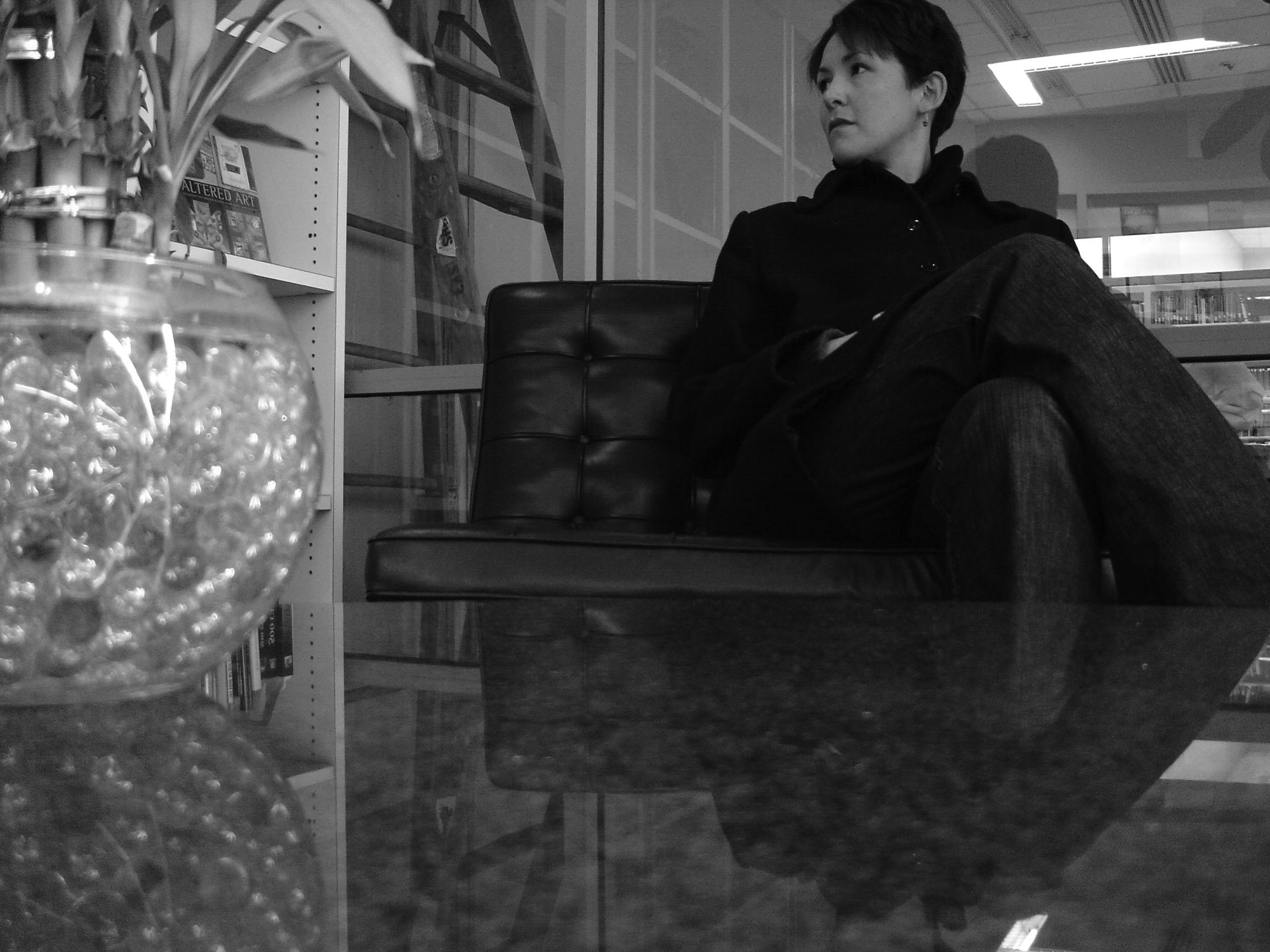Introduction to design
Brief history of the origins and major artifacts of industrial, interior & visual communication design
Overview of the design disciplines in the professional context
Collaborative activities stressing design thinking, sketching and mock-ups
Literary review and writing about advanced topics in design such as the environment, diversity, accessibility, sustainability, technology and legal matters.
As reflected in the syllabus, the course is structured to engage students every week with work inside and outside of lecture.
This course is an introduction to the rationale of design. It includes an examination of the systematic design process, an overview of the practice of design, the societal impact of design, critical issues, relationship to the environment, and an introduction to the educational program offered by the Department of Design.
The field of design is dynamic and has many relevant associations with other disciplines. This course addresses the social and global responsibilities involved with design, diversity of approaches, interdisciplinary collaboration, and a broadening range of design applications. Students in many other majors can benefit from the interrelations of design with their disciplines of interest. This course addresses design awareness, appreciation, understanding, and design's relationship with society at large.
The subject matter of the course is presented in a lecture series format with time provided for questions and answers following each presentation. In addition, videos and other media are also presented. Classroom activities both individual and group are also an alternative to the lecture format for the hands-on experience. Guest speakers may be invited to make presentations. Students are also assigned readings from the required texts which may or may not be reviewed in class.
Many of the students in this entry level design survey course are first quarter freshman or otherwise very new to university study, and the work they do is intended to be experience driven.


—It might be a lecture formated class, but how can students experience something close to design process and practice? The answer: a problems statement, teams, user analysis, brainstorming, sketching, peer presentation, and finally…build it.


—Crayola modeling clay isn’t just for kids—students use the clay and anything else they have to create three dimensional representations of the group’s concept


—In addition to the industrial design activity, students also design the interior of a local restaurant and create an identity for a real logo design contest offering prize money.




—Using the university’s course management system, students are required to hunt down design using the clues provided. This method of discovery takes them beyond the lecture setting looking for artifacts and information relating to design. The clues may lead them to actual objects (like the Barcelona Chair), web sites, events or even the trash left over after a meal.


—My all-time favorite "Snap Shot" as specified by the syllabus: Compose an interesting shot of you in your study environment with the two textbooks, syllabus and schedule. How about having the schedule on your computer screen? Distracting roommate hanging over you is optional.